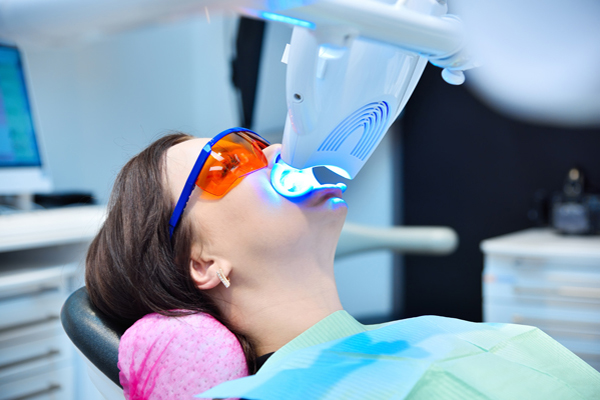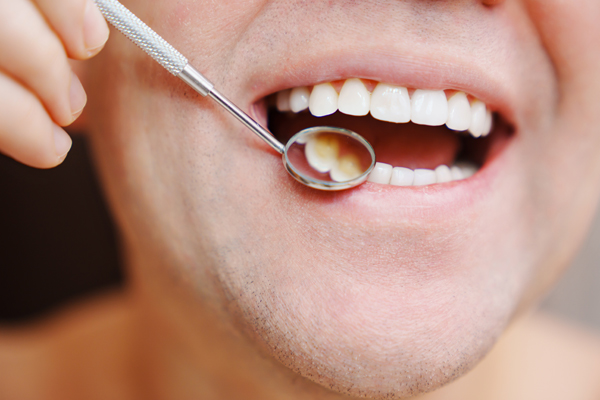Are There Dental Bonding Options?

Dental bonding is an affordable and cost-effective dental restoration procedure for people who have structurally damaged teeth. The procedure is popular among adults because it is relatively painless and can be finished in one or two dental appointments. Therefore, dental bonding is non-invasive and can be used for both children and adults. Dental bonding options can be direct or indirect, and this article describes the two.
Dental bonding options
There are two main types of dental bonding procedures–indirect and direct dental bonding. Both options involve the use of composite resin, a material that bonds to the teeth with a unique adhesive called unfilled resin.
Direct and indirect restoration both use composite resin, which is the most popular dental bonding material. The material is soft, putty-like and is the color of the tooth. Composite resin is a highly flexible and malleable dental material that fixes tooth cracks, chips and stains. Dental professionals also use the material as a dental filling for cavities.
Direct dental bonding
This is the most common dental bonding option because it provides a quick fix for chipped or decayed teeth. This restoration can restore the look, shape, color and function of natural teeth.
The procedure entails applying the tooth-colored composite directly to the tooth. The composite resin is molded to the desired shape and hardened with a high-intensity light. Afterward, the dentist will smoothen and polish the teeth. The entire procedure only takes 30 to 60 minutes.
Another option is composite veneer bonding. This is a fully cosmetic treatment to improve the shape, size and color of the tooth. The dentist can also use it to close gaps between teeth and change the length of teeth. With proper care, composite veneers can survive up to eight years before needing to be remade.
Indirect dental bonding
Indirect bonding also restores a broken or decayed tooth, but unlike direct bonding, this procedure requires two dental appointments. First, the dentist will prepare the affected tooth and make impressions. Afterward, the impressions will be sent to the dental laboratory, where a dental inlay, onlay or filling will be fabricated. Indirect restorations are also produced with composite resin. These are highly sturdy and durable because the lab technicians cure the restorations with high heat.
Maintenance and care
The composite material used for dental bonding is not as hard as the natural tooth enamel. Dental bonding is prone to stains and chips, which means patients need to practice the following proper oral care techniques to maintain the dental restoration:
- Reduce the intake of coffee, dark fruits, red wine and other food items that can stain or discolor the teeth.
- Quit smoking–smoking and tobacco use increase the risk of gum disease and oral cancer.
- Avoid nail-biting and chewing on hard objects or foods, including pencils and ice–these could damage the tooth.
- Get a protective mouthguard to protect the teeth from the effects of teeth clenching or grinding.
In conclusion
If you have a chipped, fractured or damaged tooth, reach out to the dentist as soon as possible. They will recommend the appropriate dental bonding option to restore your teeth.
Request an appointment here: https://www.schommerdental.com or call Schommer Dental at (563) 272-2331 for an appointment in our Davenport office.
Check out what others are saying about our dental services on Yelp: Dental Bonding in Davenport, IA.
Recent Posts
Dental bonding and dental crowns are two common types of restorative dental procedures. Many general dentists offer both treatment options, and there are pros and cons to each procedure. Understanding when a general dentist may recommend dental bonding or a crown can help you decide which option is more appropriate for you. The best way to…
Dental bonding is a common dental procedure that repairs damaged teeth (chips, cracks, etc.), fills in gaps between teeth and lengthens teeth that are worn down or naturally too short. Understanding the process that dentists use with dental bonding should help you decide if treatment is right for you. Although each dentist will have their own…
Dental bonding has long been a common method of tooth restoration. Your dentist has the knowledge and training to successfully perform this procedure. The dentist will also know when it is appropriate to use bonding to repair a tooth or other oral health or cosmetic issue. There are certain situations where this makes more sense…
Dental bonding is a good option if you have one or more teeth that are chipped or discolored. You can solve the issue easily by having dental bonding done. It is a simple treatment, and it is often used for several other dental issues as well. Keep reading to find out more about the benefits…


